Affiliate links on Android Authority may earn us a commission. Learn more.
Opinion: HUAWEI's P20 Pro is the Lumia 1020's spiritual successor
May 13, 2018
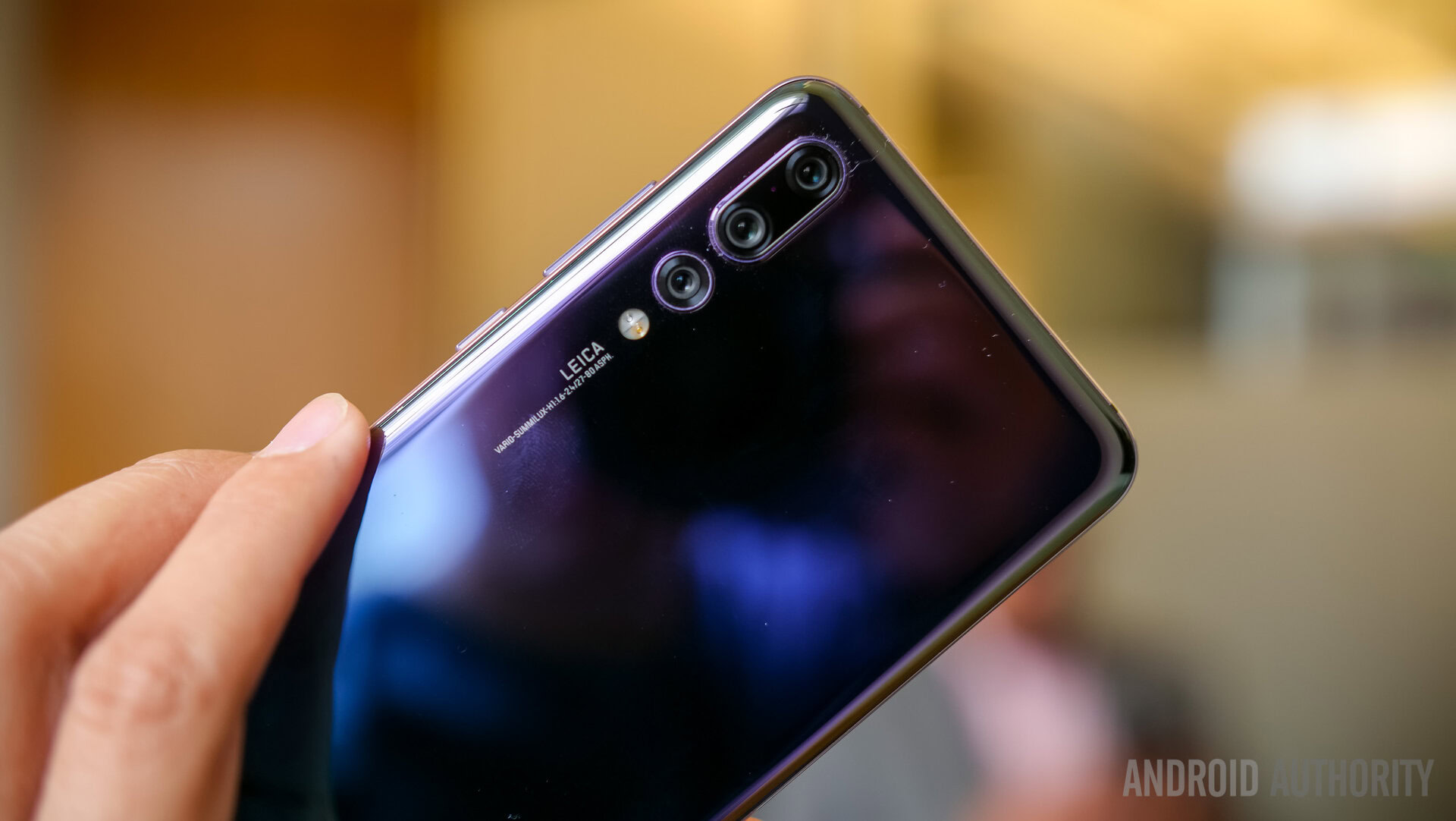
The HUAWEI P20 Pro probably has the craziest smartphone camera experience in years, with a triple camera setup that spits out impressive results. The camera uses an 8MP f/2.4 lens (3x telephoto zoom), a 20MP f/1.6 monochrome lens, and a massive 40MP f/1.8 lens in tandem to produce some technically amazing photos.
It’s clear HUAWEI was heavily influenced by 2013’s Nokia Lumia 1020, long held as the high water mark for smartphone photography, and not just because they both tout more than 40MP cameras either. The P20 Pro tries to solve some of the same fundamental mobile photography challenges as the Lumia 1020, while also trying to solve an issue Nokia created for itself. While we already compared the cameras of the Lumia 1020 and P20 Pro, let’s take a closer look in what these two phones have in common.
What did Nokia offer back then?
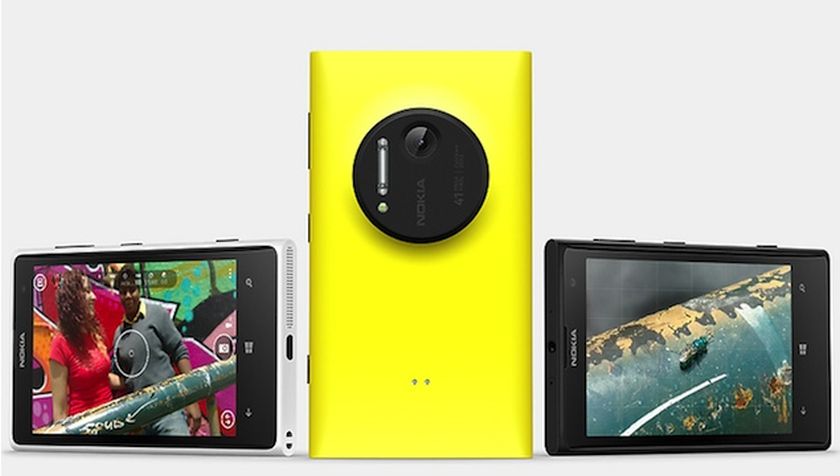
Back in 2013, the Finnish company had to make do with 2GB of RAM and a dual-core Snapdragon S4 Plus processor. The chipset only supported 20MP camera sensors by default, so Qualcomm and Nokia had to do extra work to ensure compatibility with the phone’s massive 41MP sensor. Some of this work also saw Nokia harness Qualcomm’s own image signal processor (ISP) instead of creating a new bit of silicon from scratch.
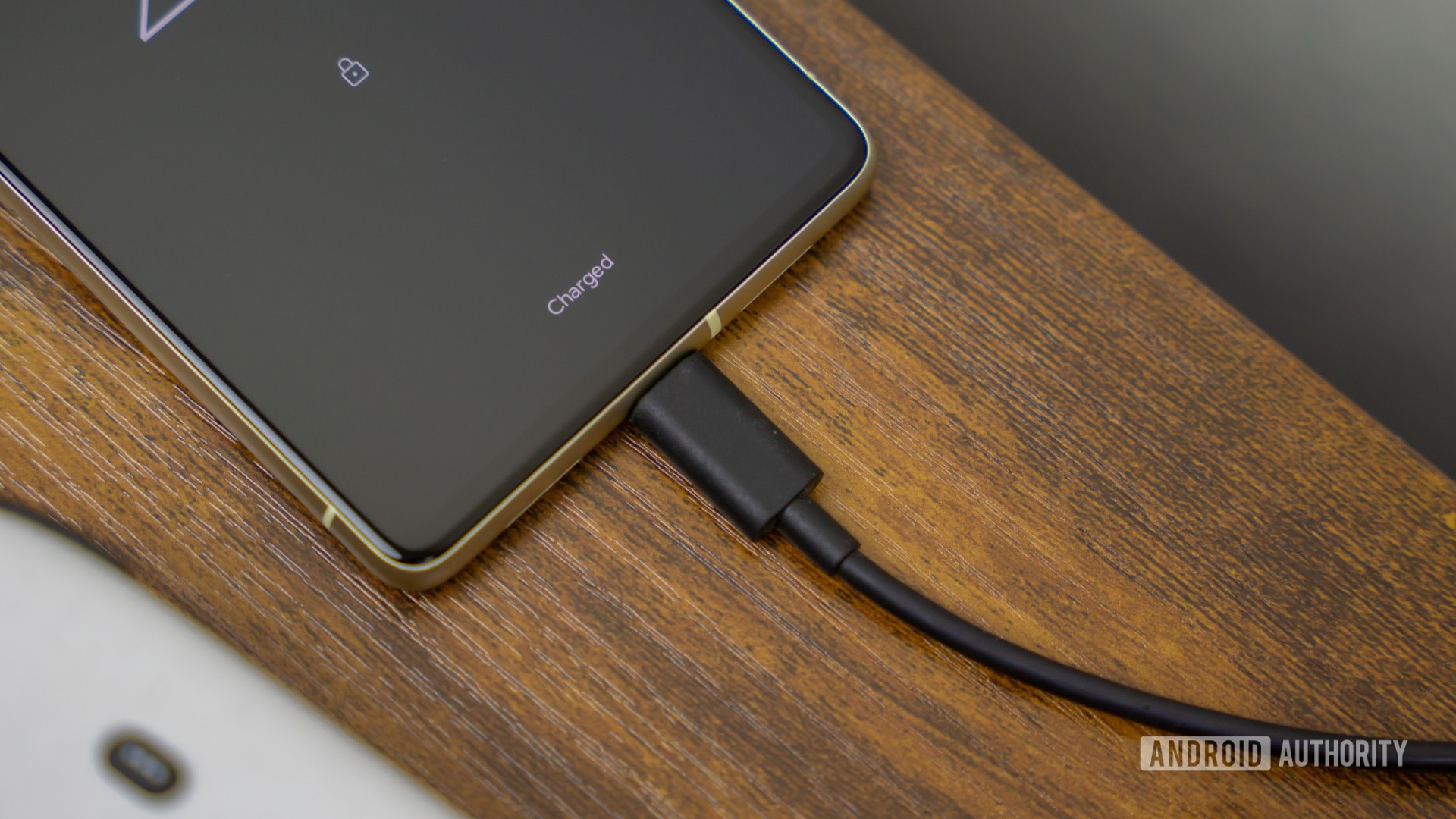
The black magic didn’t stop there, as the company grafted a complex optical image stabilization solution using ball bearings onto the Lumia 1020. Nokia even included a leaflet in the phone’s packaging, assuring users the rattle was nothing to be concerned about.
Microsoft reined in the megapixels with follow-up devices. Later Lumia flagships all featured more traditional 20MP shooters and computational photography smarts instead.
The same people worked on the P20 Pro
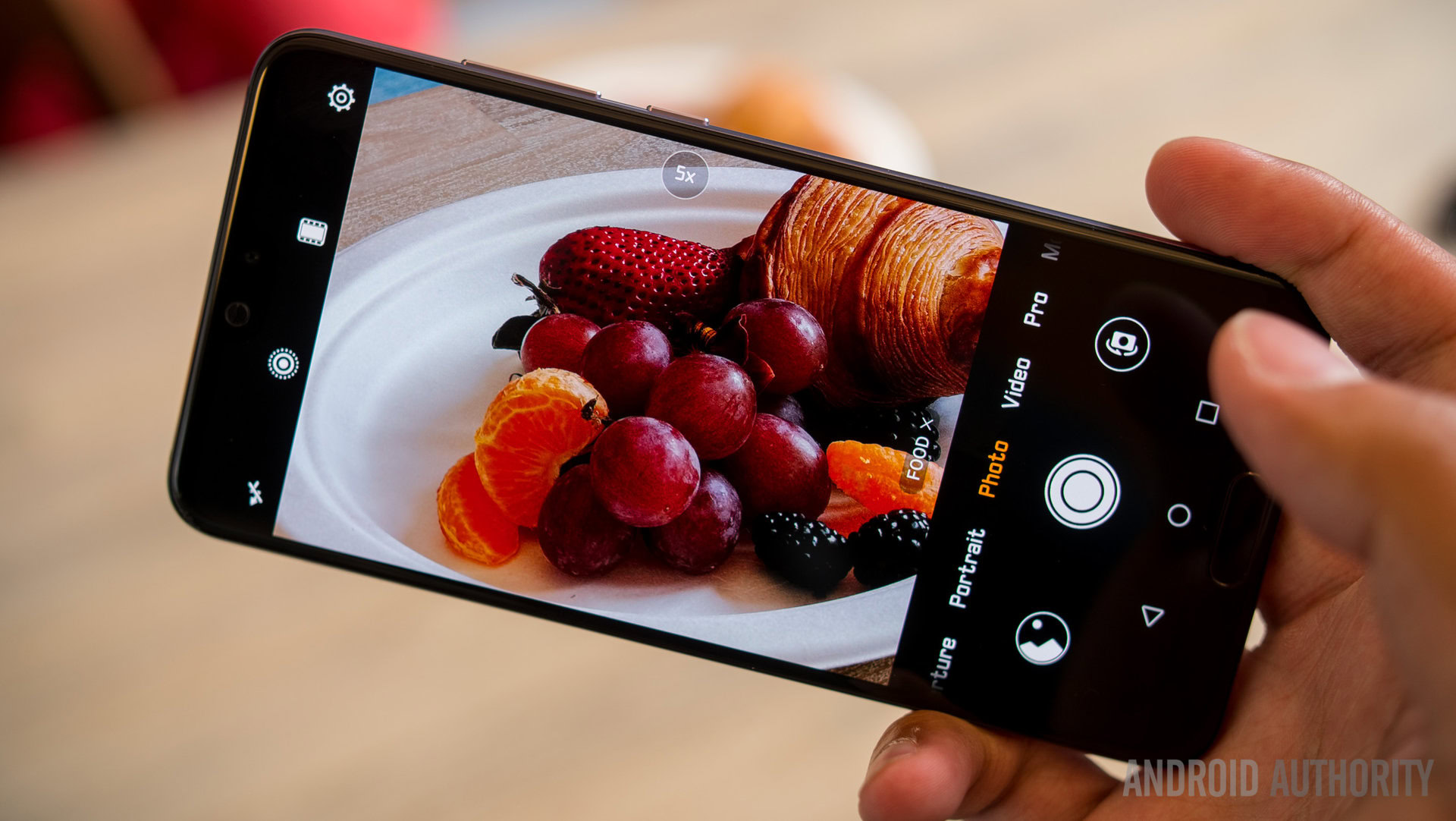
It’s a good time for a follow-up to the 1020. Phones have better sheer silicon horsepower, complex processing software, and much better camera sensors. Sure, it didn’t come from Microsoft or HMD Global, but it’s not as strange as you may think that HUAWEI released such a reminiscent phone.
The Chinese colossus opened an R&D facility in Finland in 2016 devoted to photography, among other areas. As PhoneArena initially pointed out, several people working for HUAWEI have their roots either at Nokia or specifically working on the Lumia 1020. Perhaps the most important Nokia person at HUAWEI is former Nokia and Microsoft imaging head Eero Salmelin, who serves as the director of imaging and video technology at the Chinese brand.
That influence is noticeable. Both the Lumia 1020 and the P20 Pro try to solve similar smartphone camera problems — though in different ways.
A high-res camera as a means to an end
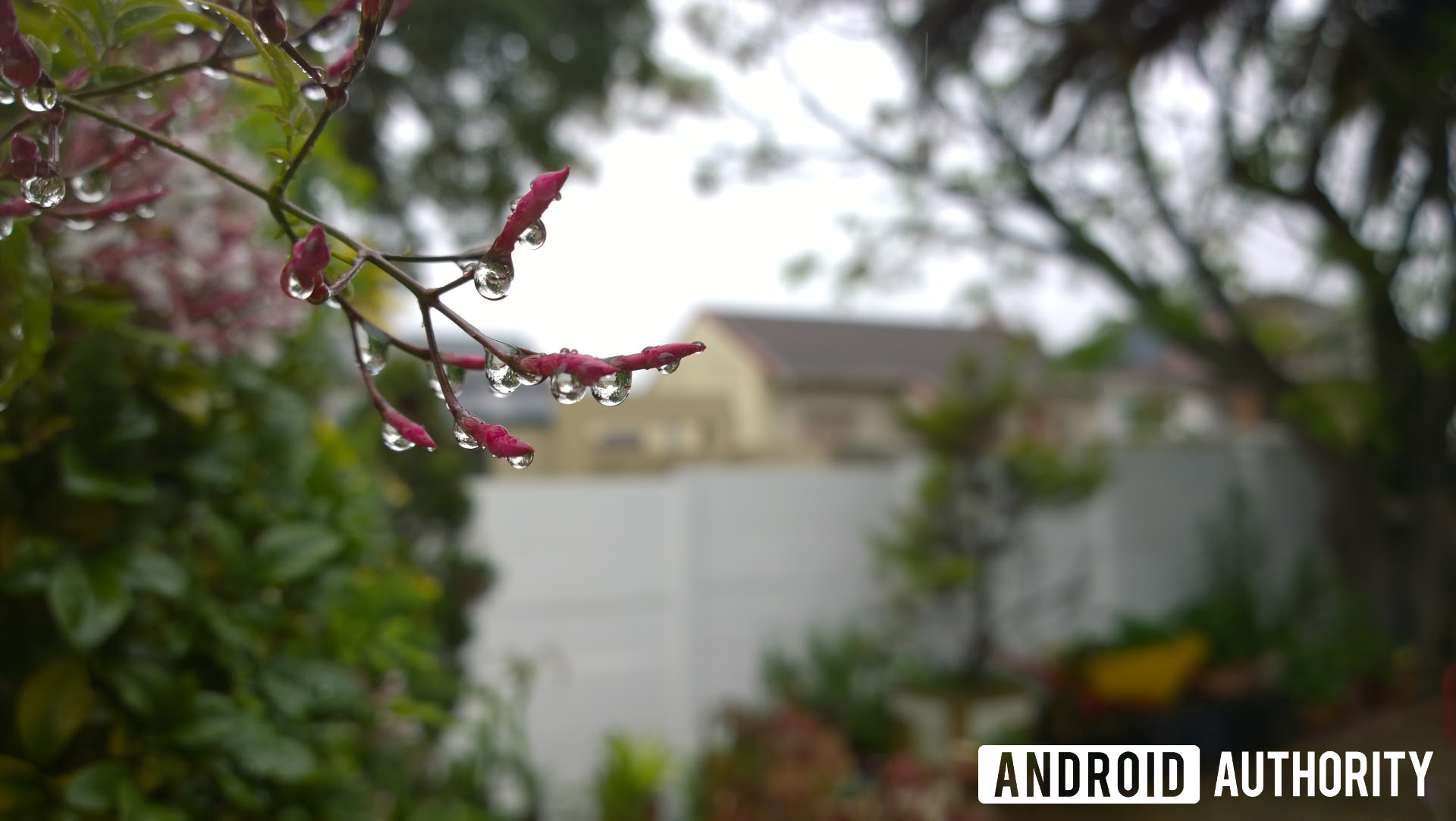
Both the P20 Pro and the Lumia 1020 don’t use the high-resolution camera as a brute-force “look how huge mine is” play. Instead, the 40MP and 41MP cameras deliver better low-res and night-time snaps.
The 1020 popularized the practice of oversampling by using that gigantic 41MP sensor to distil information down to 5MP photos. The practice essentially saw Nokia take the information from seven pixels and combine it into one, resulting in lower resolution shots that generally looked better than the usual 5MP snaps. You weren’t going to upload 38MP shots to Facebook anyway, were you?
It’s a technique we’ve also seen on Sony’s Xperia Z-series flagships in recent years. Those phones use oversampling on their 20MP cameras to get better 8MP snaps (in theory) via Superior Auto mode.
HUAWEI served up a very similar approach with the P20 Pro. It let users shoot at either full resolution or at a pixel-binned 10MP. HUAWEI’s approach actually makes Nokia’s look simple by comparison.
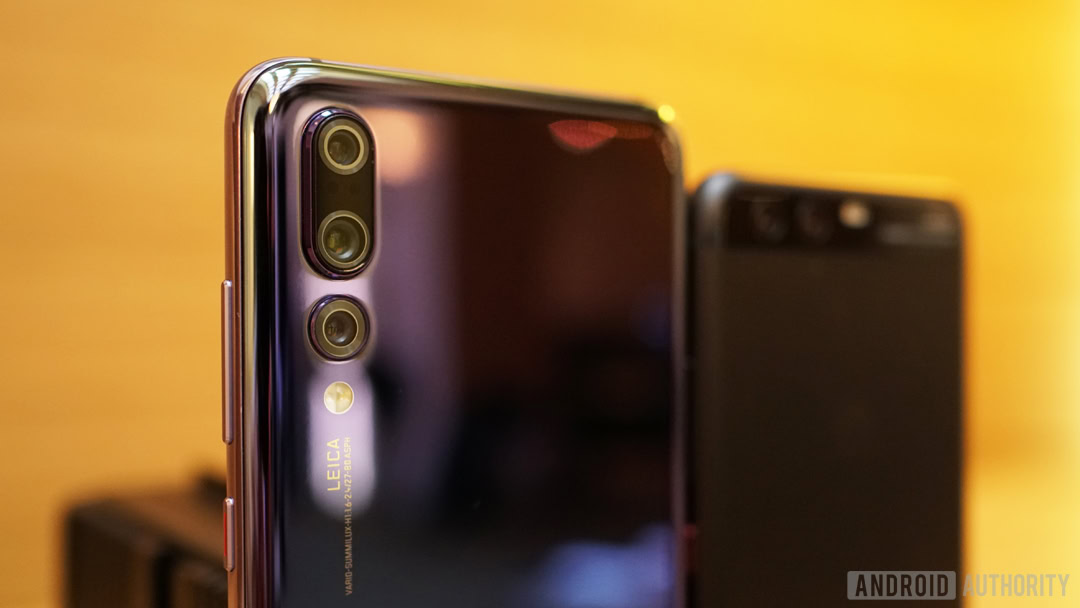
“There is pixel binning at a very deep level, resulting in a standard Bayer layout with two green pixels, one blue pixel and one red pixel, all joining to make one single larger pixel. This is accomplished through co-engineering between HUAWEI and Leica,” the company told Android Authority‘s Kris Carlon earlier this month.
At the most basic level, pixel binning involves the data from various pixels being combined, which is fundamentally similar to Nokia’s solution.
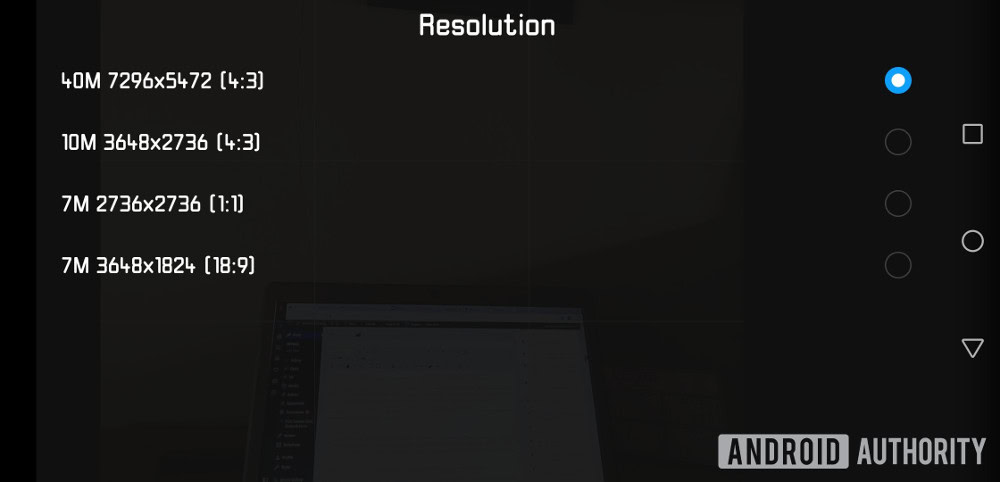
It’s a pity HUAWEI didn’t take after the Nokia 808 here by allowing you to choose a variety of pixel-binned resolutions, such as 5MP. Perhaps it’s the architecture of their current solution (using three cameras), but a 5MP shot could theoretically gather data from eight pixels instead of four. Regardless, our reviewers didn’t seem to be complaining.
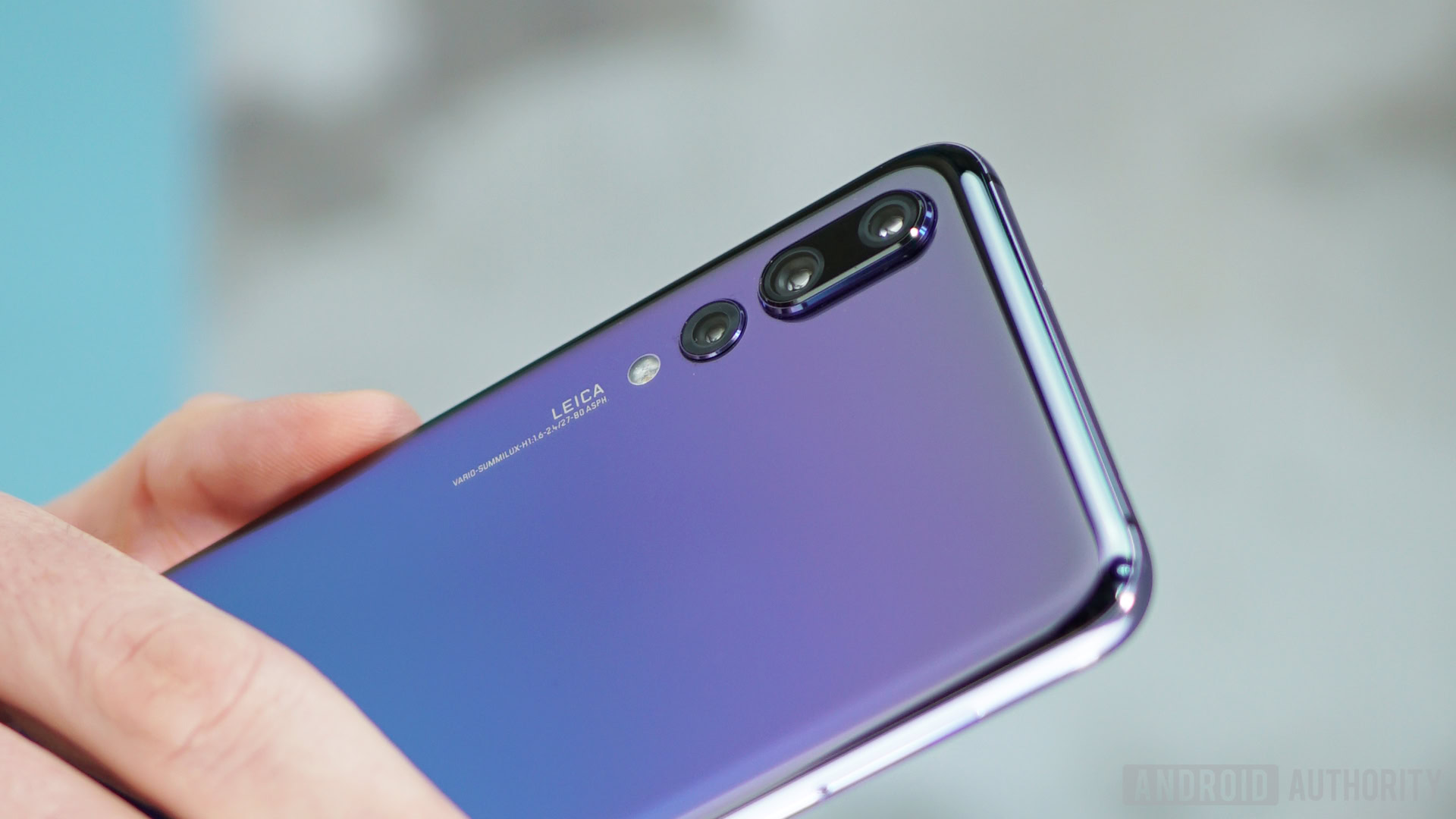
In all three cases (Sony, HUAWEI, Nokia), the companies are happy for you to shoot at the lower resolution. Think of it like a buffet of mediocre food (the full resolution shot) versus a smaller, tastier dish (the lower resolution snap).
The Lumia 1020 and the HUAWEI P20 use similar oversampling or pixel-binning technology, allowing them to essentially distil information from a super high-resolution camera into a smaller photo. The 40MP figure might turn heads, but you definitely want to check out the lower resolution shots.
Building better smartphone zoom
Zoom has always been one of the toughest challenges for smartphones. There simply isn’t enough room in the phone for the components required to do it really well.
Nokia’s solution in 2013 was to use more oversampling, allowing you to zoom in up to 3x for 5MP shots. The oversampling was most extreme when zoomed out, and gradually decreased as you zoomed in.
A noteworthy solution popped up in 2016 with secondary telephoto cameras (offering 2x zoom), as seen on the larger iPhones. The technology quickly spread to other phones, such as the Galaxy Note 8, Xiaomi Mi 6 and the OnePlus 5T.
The HUAWEI P20 Pro delivers zoomed-in snaps that are usually better than conventional digital zoom.
One of the biggest issues with telephoto cameras is that they generally offer terrible low-light performance. HUAWEI decided to use an 8MP f/2.4 telephoto snapper on the P20 Pro and fuse data from several cameras to deliver up to 5x hybrid zoom.
Much like Nokia’s lossless zoom, hybrid zoom is not quite at an optical level of quality, but it beats traditional digital zoom and holds its own against telephoto cameras. However, the P20 Pro unfortunately doesn’t seem to support hybrid zoom for video, which the Lumia 1020 did, with 1080p footage topping out at 4x zoom and 720p hitting 6x zoom.
Creating better stabilization than ever before

HUAWEI uses a combination of traditional optical image stabilization and its “AI stabilization” technology. The company claims that AI-driven stabilization is better than OIS, which sounds a little iffy when you first hear it.
Nevertheless, the firm argued its point by claiming you could do handheld long exposure shots, which traditionally require a tripod. Our preliminary testing of this feature showed it certainly works well. Then again, it seems like the company is stacking images rather than doing a traditional long exposure. Otherwise, the cars in the above shot would’ve been spread out along the road, for one.
Nokia’s ball bearing approach was a mechanical marvel. The company claimed at the time its solution offered up five times longer exposure times than rival mobile cameras. But OIS (and even digital stabilization) has come a long way in five years. All the major players deliver effective solutions now.
Solving the 1020’s biggest problem
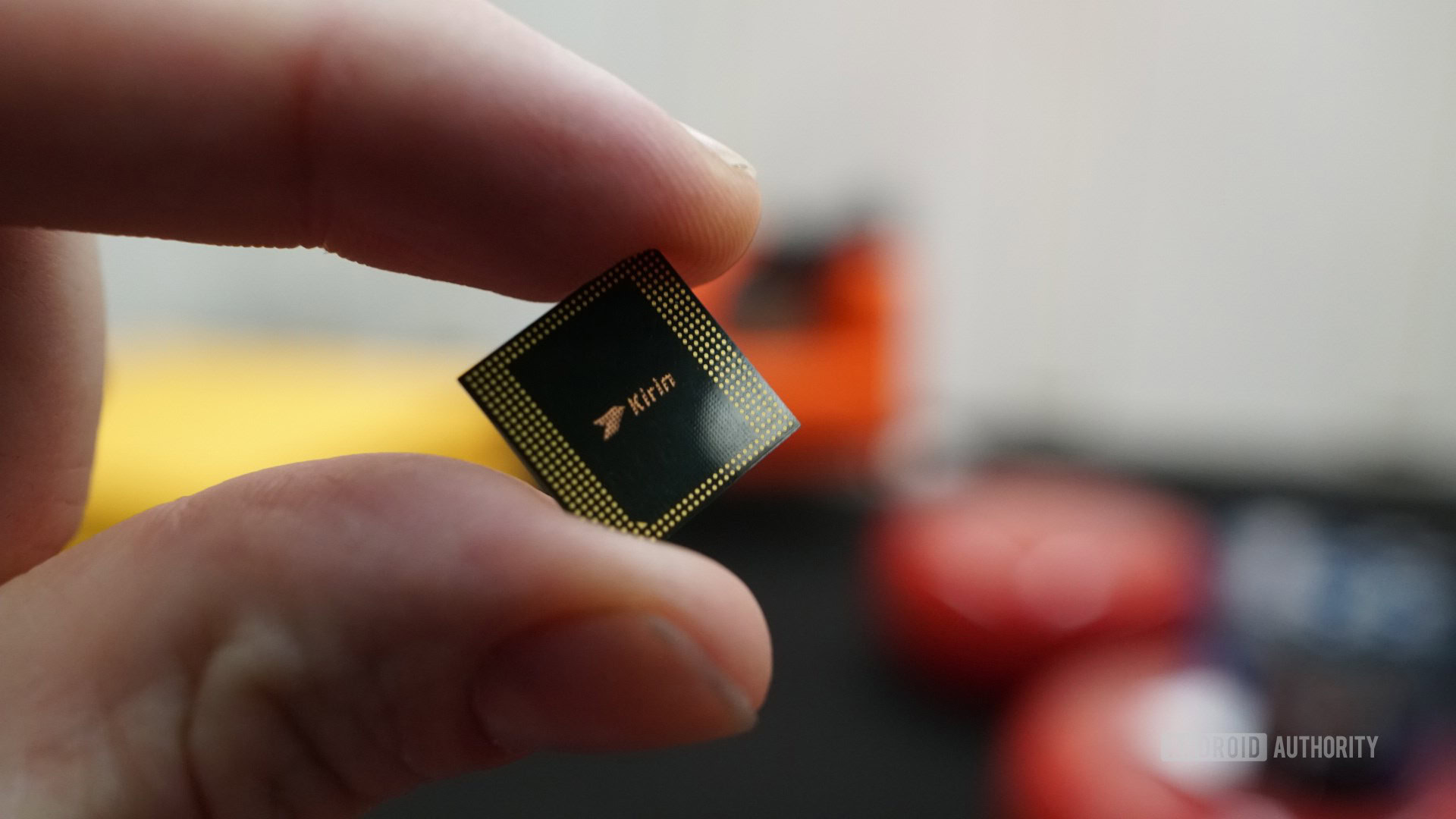
The Lumia 1020 saw Nokia push mobile technology past its breaking point. The company had a creaking chipset, 2GB of RAM and only Qualcomm’s ISP to work with. This resulted in shot-to-shot times of around four seconds, as the phone saved 5MP oversampled shots and 38MP snaps in one go.
Five years later, mobile silicon has come a long way. The Hisilicon Kirin 970 isn’t quite as nimble as the Snapdragon 845 and Exynos 9810, owing to its slightly older cores (it was released a few months before Samsung and Qualcomm’s best), but it’s still plenty fast and packs dedicated AI silicon.
Combine the new processor with 6GB of RAM and a dedicated image signal processor, and one of the 1020’s biggest issues (poor shot-to-shot times) is a thing of the past. Unfortunately we don’t have the option to save 10MP pixel-binned snaps and 40MP shots in one go.
Compared to the 1020’s internals, which were ageing even back in 2013, the P20’s Kirin 970 can handle exponentially more image processing. Paired with more RAM and HUAWEI’s NPU, the performance of the P20 just shows how much technology has advanced in the last five years.
Does it represent the apex of mobile photography?
The P20 Pro’s camera specs on paper alone make it worthy of recognition, but as our coverage shows, actual photo quality can be fantastic as well.
Is it actually better than the Lumia 1020, though? Our shootout answers that question.